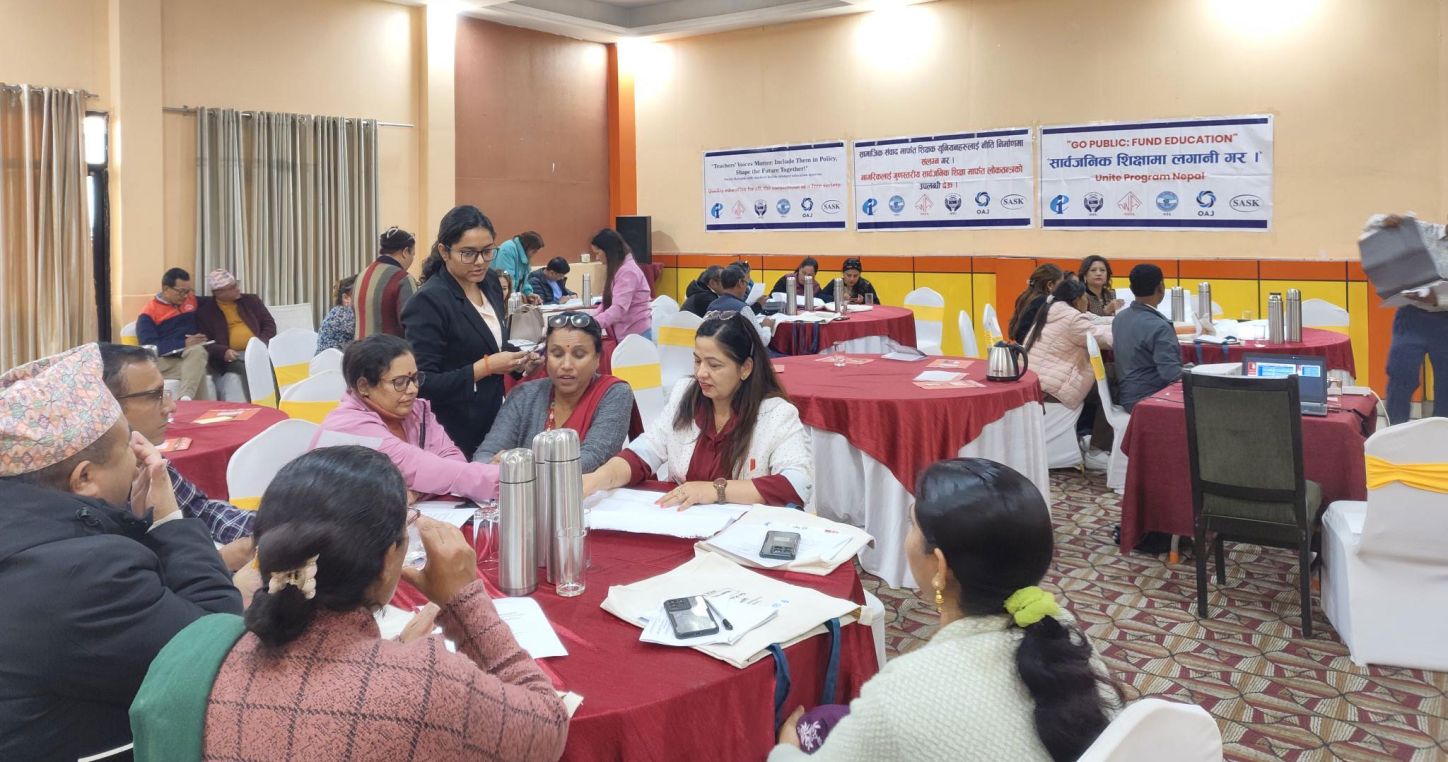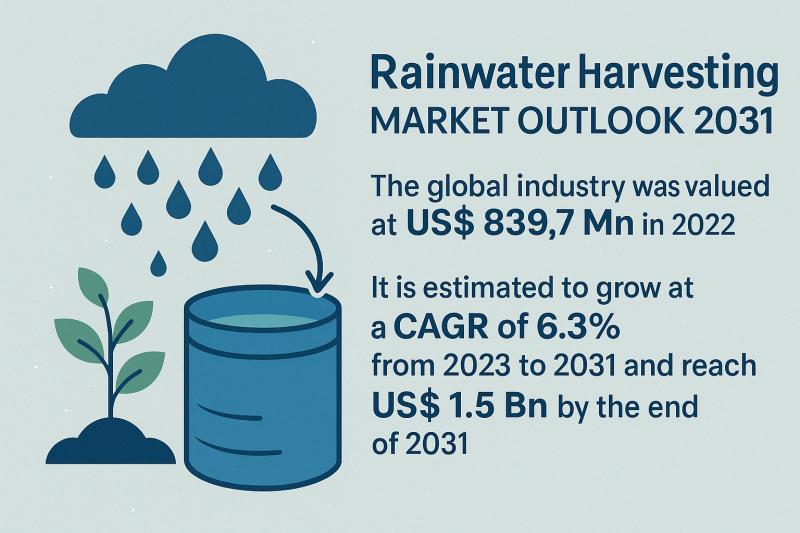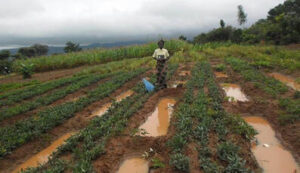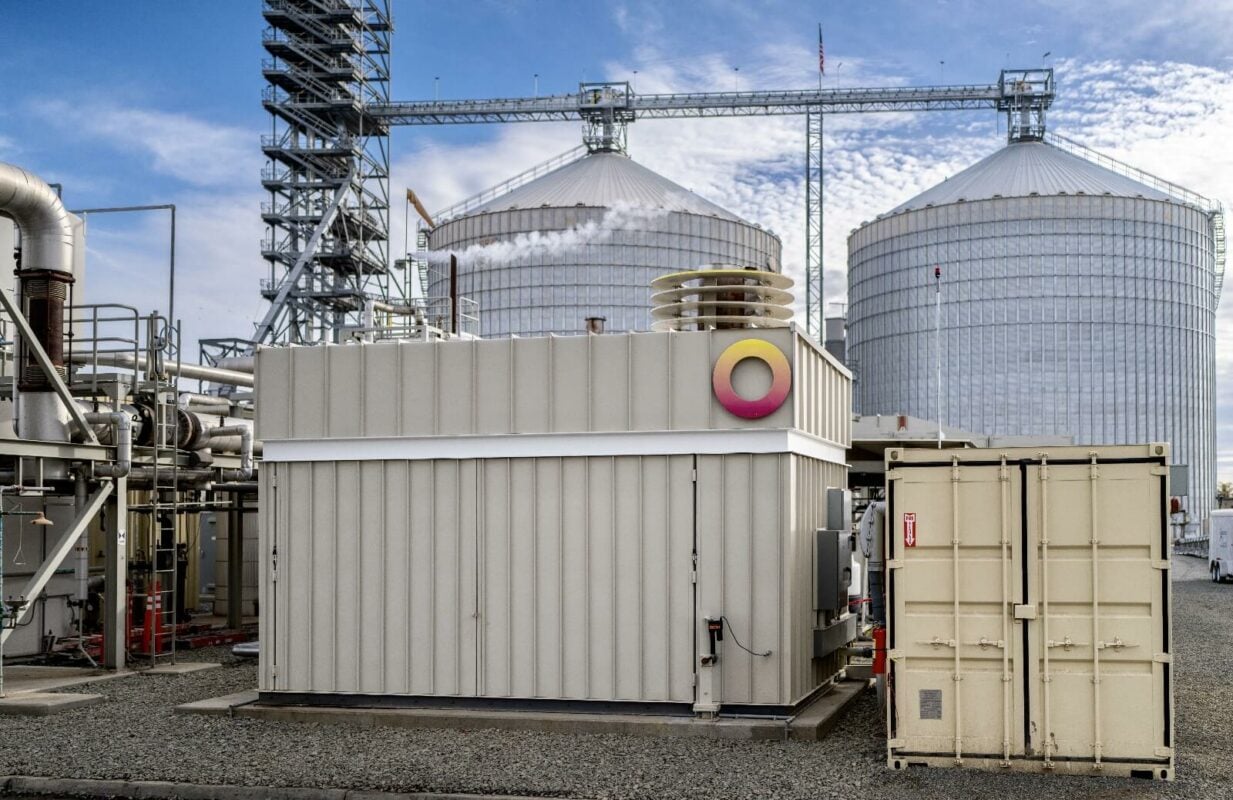Review The Economic Impact Of Travel Study From The Estes Park Local Marketing District – Estes Park News

Economic Impact of Travel Report: Estes Park (2024)
Introduction and Alignment with Sustainable Development Goals (SDGs)
A comprehensive study conducted by Dean Runyan Associates, in partnership with Visit Estes Park, analyzes the economic impact of the travel industry within the Estes Park Local Marketing District. The report provides key data from 2024 and compares it with 2023 figures, offering critical insights into post-pandemic recovery and long-term sector resilience. The findings are instrumental in evaluating the region’s progress toward several United Nations Sustainable Development Goals (SDGs), particularly SDG 8 (Decent Work and Economic Growth), SDG 11 (Sustainable Cities and Communities), and SDG 17 (Partnerships for the Goals).
Analysis of Key Findings through the SDG Framework
SDG 8: Decent Work and Economic Growth
The report’s data directly reflects the tourism sector’s role in fostering sustained, inclusive, and sustainable economic growth, full and productive employment, and decent work for all.
- Economic Productivity: Direct travel-related spending increased by 1.4% to $510.8 million. This growth signifies a strengthening local economy and progress towards Target 8.2, which aims to achieve higher levels of economic productivity.
- Decent Work and Livelihoods: Direct earnings from tourism, including wages and proprietor income, rose by 3.1% to $129.0 million, supporting local livelihoods. However, a marginal 0.3% decrease in direct employment to 3,419 jobs highlights the ongoing challenge of ensuring stable and year-round employment (Target 8.5) in the tourism sector.
- Sustainable Tourism: The increase in overnight visitor volume by 2.7% to 1,011,300 underscores the need to continue developing and implementing policies that promote sustainable tourism, which creates jobs and promotes local culture and products, as outlined in Target 8.9.
SDG 11: Sustainable Cities and Communities
Tourism revenue is a critical component for making cities and human settlements inclusive, safe, resilient, and sustainable. The study highlights the direct fiscal benefits that contribute to community well-being.
- Fiscal Sustainability and Public Services: The travel sector generated $43.8 million in direct tax revenue, an increase of 2.4%. This revenue is vital for funding public services and infrastructure.
- Strengthening Community Resilience: The tax revenue generated by visitor spending results in an estimated property tax savings of $5,110 per household. This financial relief enhances the economic resilience of the community and supports its capacity to invest in sustainable development initiatives (Target 11.a).
SDG 17: Partnerships for the Goals
The creation of this report is a direct example of strengthening the means of implementation and revitalizing global partnerships for sustainable development.
- Multi-Stakeholder Collaboration: The partnership between Visit Estes Park and Dean Runyan Associates exemplifies an effective public-private partnership (Target 17.17) focused on data-driven decision-making for sustainable development.
- Data for Development: This study provides high-quality, timely, and reliable data (Target 17.18) necessary for monitoring economic trends and formulating evidence-based policies to advance the SDGs within the local community.
Summary of Key Performance Indicators (2023-2024)
- Direct Travel-Related Spending: $510.8 Million (up 1.4% from $503.5 Million)
- Overnight Visitor Volume: 1,011,300 Person-Trips (up 2.7% from 984,400)
- Direct Earnings: $129.0 Million (up 3.1% from $125.2 Million)
- Direct Travel-Generated Employment: 3,419 Jobs (down 0.3% from 3,430)
- Direct Tax Revenue: $43.8 Million (up 2.4%)
- Property Tax Savings: $5,110 per household
1. Which SDGs are addressed or connected to the issues highlighted in the article?
SDG 8: Decent Work and Economic Growth
- The article directly addresses economic growth by highlighting a 1.4% increase in direct travel-related spending, reaching $510.8 million. It also discusses employment, noting that the travel sector provides 3,419 jobs, and details direct earnings from travel, which rose by 3.1% to $129.0 million. These elements are central to the economic aspects of SDG 8.
SDG 11: Sustainable Cities and Communities
- The article connects to this goal by discussing the financial benefits tourism brings to the local community of Estes Park. The generation of $43.8 million in direct tax revenue and an estimated $5,110 in property tax savings per household contribute to the financial sustainability and development of the local community infrastructure and services.
2. What specific targets under those SDGs can be identified based on the article’s content?
Targets for SDG 8
- Target 8.9: “By 2030, devise and implement policies to promote sustainable tourism that creates jobs and promotes local culture and products.” The entire article is an analysis of the economic impact of tourism in Estes Park, focusing on job creation (3,419 jobs), earnings ($129.0 million), and overall visitor spending ($510.8 million). This study itself is a tool that can be used to devise and implement such policies.
Targets for SDG 11
- Target 11.a: “Support positive economic, social and environmental links between urban, peri-urban and rural areas by strengthening national and regional development planning.” The study’s findings on tax revenue ($43.8 million) and property tax savings ($5,110 per household) demonstrate the positive economic links created by tourism. This data is crucial for regional development planning to ensure the community benefits from its tourism industry.
3. Are there any indicators mentioned or implied in the article that can be used to measure progress towards the identified targets?
Indicators for SDG 8 Targets
- Direct travel-related spending: The article states this figure is $510.8 million, an increase of 1.4%. This serves as a direct measure of the economic contribution of tourism.
- Direct travel-generated employment: The report quantifies this as 3,419 jobs. This is a direct indicator of job creation within the tourism sector.
- Direct earnings: The figure of $129.0 million in wages, benefits, and proprietor income directly measures the financial return to the workforce.
- Overnight visitor volume: The 1,011,300 person-trips indicate the scale of the tourism industry, which underpins the economic activity.
Indicators for SDG 11 Target
- Direct tax revenue: The $43.8 million generated from travel-related spending is a clear indicator of the financial resources tourism provides for public services and community development.
- Property tax savings per household: The calculated $5,110 savings is a specific indicator of how tourism revenue directly alleviates the tax burden on local residents, contributing to the community’s economic well-being.
4. Table of SDGs, Targets, and Indicators
| SDGs | Targets | Indicators |
|---|---|---|
| SDG 8: Decent Work and Economic Growth | 8.9: Promote sustainable tourism that creates jobs. |
|
| SDG 11: Sustainable Cities and Communities | 11.a: Support positive economic links by strengthening regional development planning. |
|
Source: estesparknews.com

What is Your Reaction?
 Like
0
Like
0
 Dislike
0
Dislike
0
 Love
0
Love
0
 Funny
0
Funny
0
 Angry
0
Angry
0
 Sad
0
Sad
0
 Wow
0
Wow
0














































































